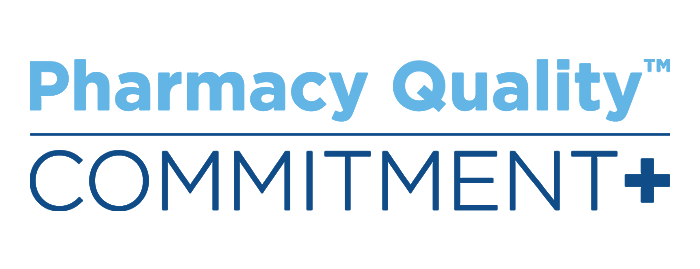Complete Story
NPX Launchpad October 2015
Money Matters
7 Tips For Managing Your Debt
These days, it’s nearly impossible to live debt-free. Most of us don’t have ready cash to pay for our cars, homes or college costs. For this reason, holding some amount of debt isn’t necessarily a bad thing. A mortgage, for example, can provide you with certain tax advantages and may replace the rent you would otherwise have to pay; a student loan can help you earn a college degree that may lead to rewarding career.
But what about taking on debt for things you don’t need and can’t afford (like that Louis Vuitton handbag, Mediterranean cruise or a new sports car)? Americans have $882.6 billion in credit card debt alone. That’s $15,611 per household with at least one credit card, according to NerdWallet.com, a web site that analyzes financial products and data. That kind of debt can put a real drain on your wallet, damage relationships, and limit your ability to reach more important goals like saving for retirement.
Here are seven suggestions to help you think through what’s best for you and your money.
- Come clean about spending. Debt can pile up for all kinds of reasons. Paying it down can be pretty straightforward—but for that to happen you have to be honest about your spending. Gather all your credit card, car and student loans, and other debt information. Then, make a note of the balance, interest rate, due date, the minimum payment, and how long it’ll take to pay off the balance for each. This step will help you put your spending into perspective so you can start developing a plan to get yourself in better financial shape. If you’re married or have a partner, ask your loved one to do the same so you can work together at reducing your debt.
- Give it a positive spin. Rather than lamenting you have too much debt, imagine how much better your life would be with less. Then set specific financial goals with a focus on debt reduction. For example, “I plan to pay off my total debt of $15,000 in three years. I plan to do this by putting $418 toward my credit card bills every month (assuming a 15.7 percent interest rate) and by not taking on any new credit until my current bills are totally paid off.”
- Automate your payment plan. Put as many of your credit card and/or loan payments on auto-pay from your checking or savings account as you can. That way, you’ll be sure to avoid any sky-high late fees.
- Prioritize, prioritize. If you can’t pay all your debts each month, prioritize what you can pay. Give high priority to debts secured by a house or car, necessities like utilities, and debts you can’t discharge, including student loans and unpaid federal taxes. Then tackle unsecured debt like credit cards.
Generally speaking, you’ll want to identify the credit card with the highest interest rate and pay that one off first. That way, you’ll save yourself money by avoiding unnecessary and excessive interest rate charges over the life of your debt. Also see if you can obtain a lower interest rate by calling your credit card company. Often, they will reduce your interest rate to keep you from transferring your credit card balance to a competitor. If that doesn’t work, it may make sense to transfer your balance to a credit card with a substantially lower interest rate. However, before you do this make sure you understand if a balance-transfer fee applies and what the interest rate will be when the introductory rate ends, typically a year to 18 months after the first billing cycle closes.
Once you pay off the first card, use the “snowball effect” to keep going: take every dollar you were putting toward the first card’s payment and add it to what you were paying on the card with the next highest interest rate. When that card is paid off, do the same thing with the next card, and so on. Going forward, commit to paying every balance in full each month and living within or below your means. - Pay as you go. It may seem old fashioned, but avoid paying with plastic and start using cash, check or debit card instead. Sure, it will take a little extra planning to make sure you have sufficient cash in your wallet, but doing so can help you clearly connect to where your money goes each day. It may also help you avoid impulse purchases and other unhealthy spending.
- Make more of your income. Many people believe they don’t have enough money to put toward debt reduction. A spending calculator or a simple budget can help you find the “fat” in your spending and redirect those funds to reducing your debt more quickly. Ask yourself: do I really need a latte every morning, special cell phone services, premium cable, or that new designer shirt? Sticking to a budget isn’t easy, but if you find ways to save small amounts and add them together, you’ll be able to pay off your debt that much faster.
- Don’t lose sight of retirement. Paying off debt isn’t a free pass to put your retirement savings on hold, especially if your 401(k) at work offers a company match. Even if you’re paying a high interest rate on your credit card debt, the 50 percent match on your retirement savings makes your retirement plan contribution the better deal.
Most important, if you find you owe more than you can manage, don’t be reluctant to get help. Having an experienced professional to guide you through the process of eliminating your debt can also make a difference.


